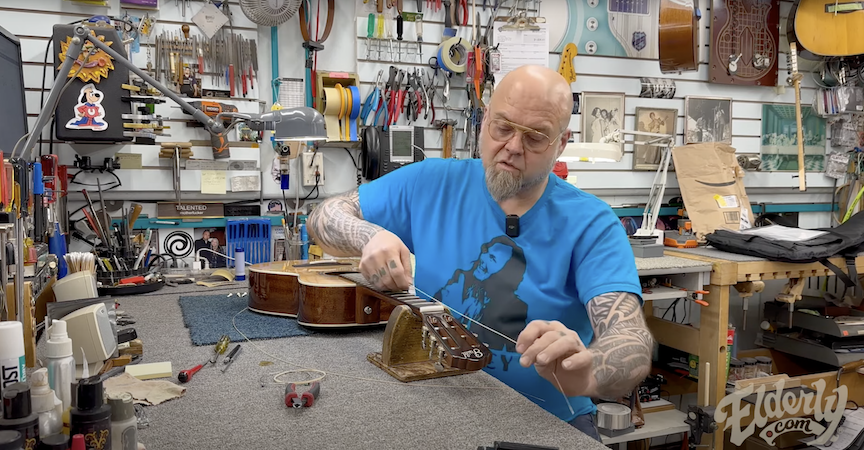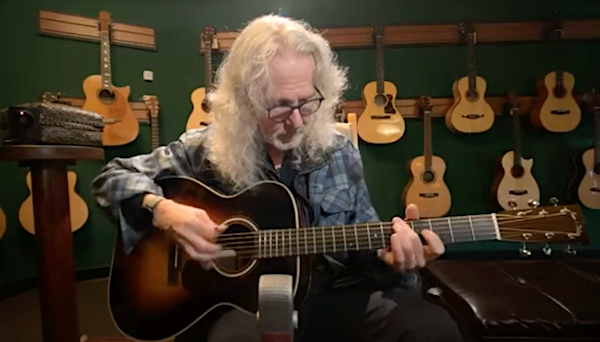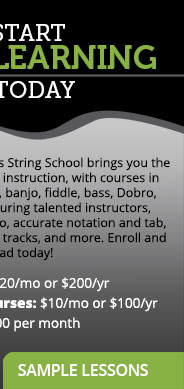Learning by Ear
You can find nearly anything you want to learn about music online, in a music book, or on a DVD, but don't discount the value of learning by ear.
These days, you can find nearly anything you want to learn about music online, in a music book, or on a DVD (remember those?). Transcriptions of solos, theoretical treatises on esoteric subjects, entire libraries of fiddle tunes, lyrics to any song imaginable, any classical piece composed before 1923, etc. But with such an exhaustive database of musical information at our fingertips, the question inevitably arises: Are we missing something?
Not to sound too much like an old “I had to walk to school through the snow for ten miles” fogey, but one of the most valuable musical lessons I ever learned came via a college ear-training class. Of course, back in that dawn of time, training the ears was essential for any voracious musical appetite such as mine. If you heard something you wanted to learn, besides the classics and popular songs you might find in sheet music at your local all-purpose music store (and some of those books were no more authoritative or helpful than a random headless YouTube video), your best bet was to try to figure it out yourself. That class got me started, and soon, though the classical pedagogue/choir director who taught the class, might have been surprised to hear it, I was learning Clarence White, Django Reinhardt, Charlie Parker, and Tony Rice solos, all without the aid of an Amazing Slowdowner. (I can tell which solos I slaved over by examining the wear on old LPs for signs of the abuse they endured as I played certain sections over and over).
Which, of course, is not to say that you should abandon the latest digital learning aids, but simply that you might think about augmenting your learning with some ear training (Hmm, I seem to be suggesting a new Peghead Nation course to myself). Especially if you’re learning music that has traditionally been passed down by ear, and if you’re here at Peghead Nation, I’m guessing that’s the case.There are all sorts of ways to do this. There are plenty of online ear-training resources, but many of them are pretty theoretical and it’s a good idea to start relating your ear-training to the music you’re interested in as soon as possible. Have your teacher record a simple piece he or she thinks you might be able to pick up by ear, and then see how close you got at your next lesson. Or next time you hear a song you want to learn, try to learn some of it yourself before you ask your teacher or look for a transcription or lyric sheet online. Don’t bite off more than you can chew or you’ll get discouraged. Trying to get a simple riff, intro lick, or fill right on a song you like is a great first step. And then maybe try to find a transcription to see how close you got. Or not. Remember, if you like what you figured out, that can be just as good as an exact duplicate of what you were trying to learn. Remember the old adage “If it sounds good, it is good.” And if you educate your ears, you’ll be able to pick up all the good sounds you want.
Related Advice Posts
 |
Restringing a Slotted Headstock | Elderly InstrumentsRepair tech Steve Olson gives tips on how to change strings on a steel-string guitar with a slotted peghead. Read More |
 |
Maximizing Your Wi-Fi SignalHow to make sure your internet connection is as fast as it can be. Read More |





